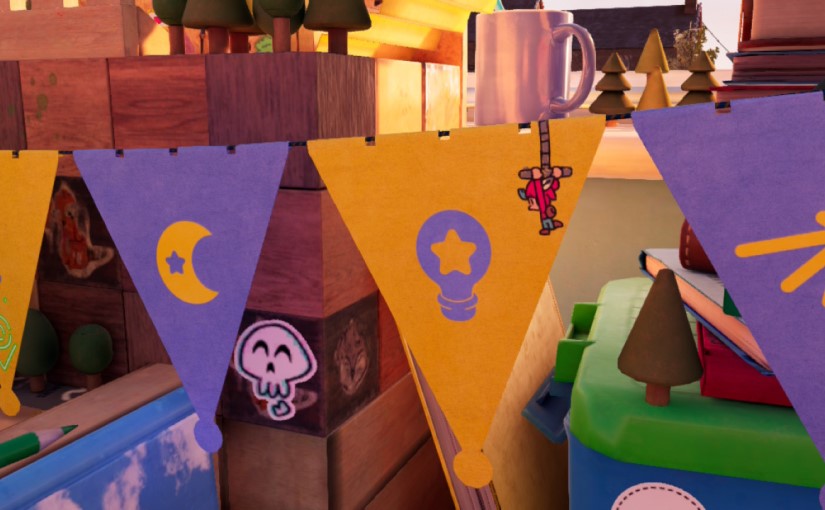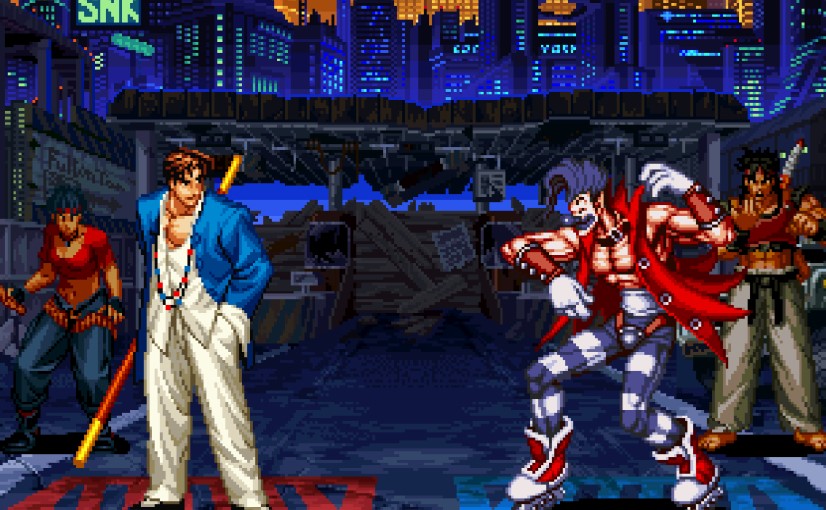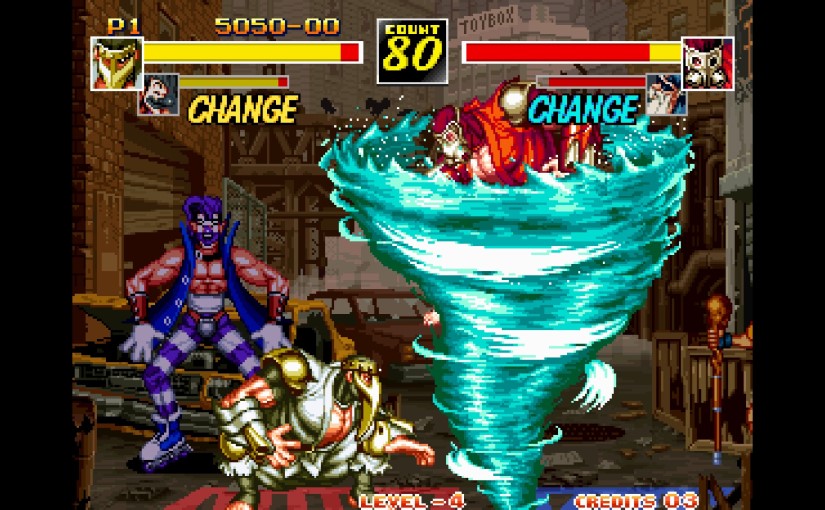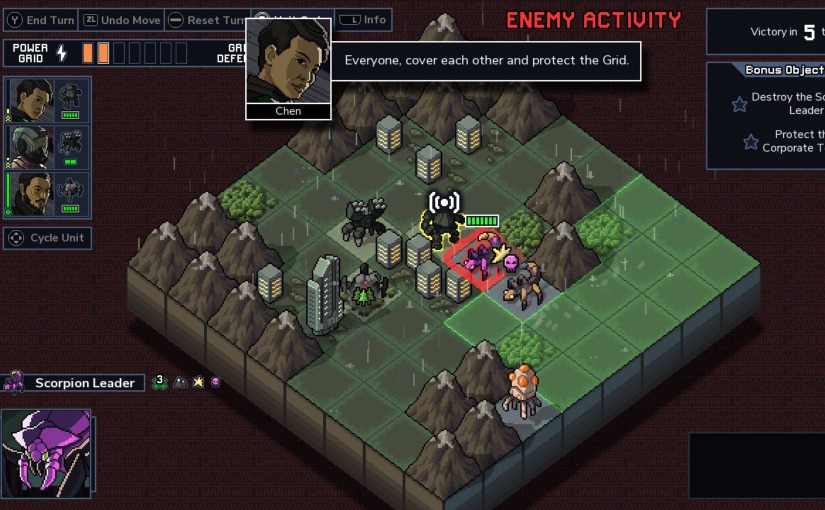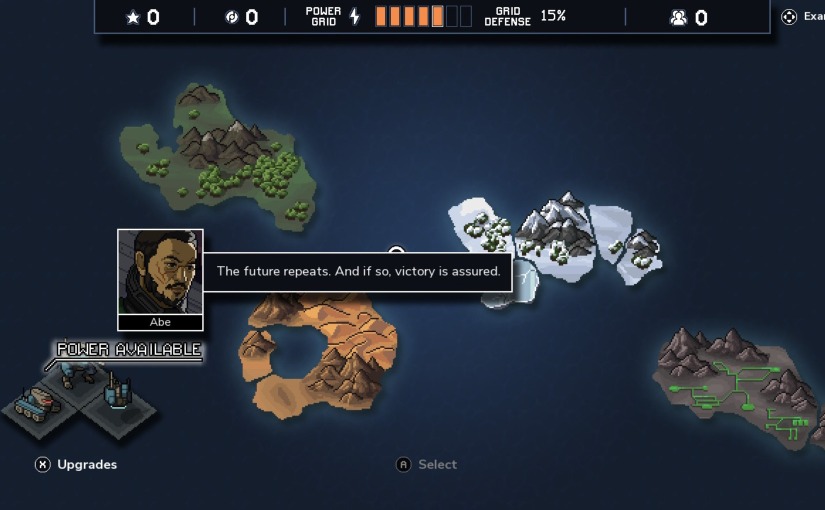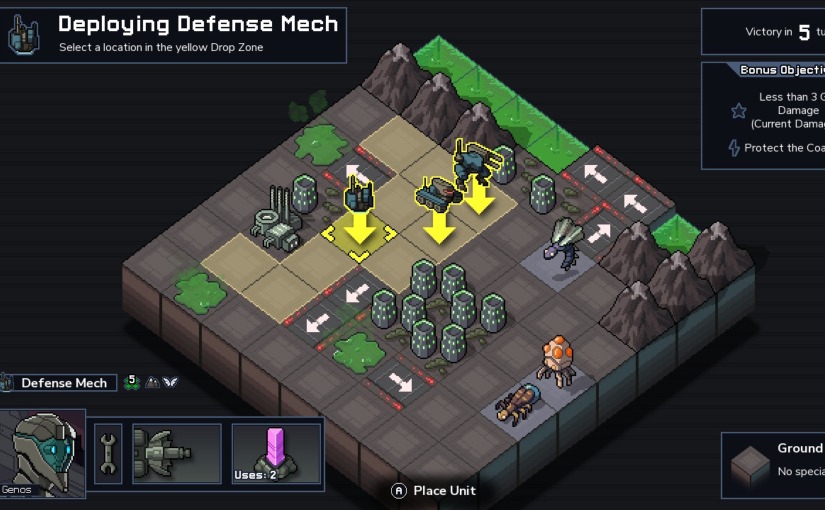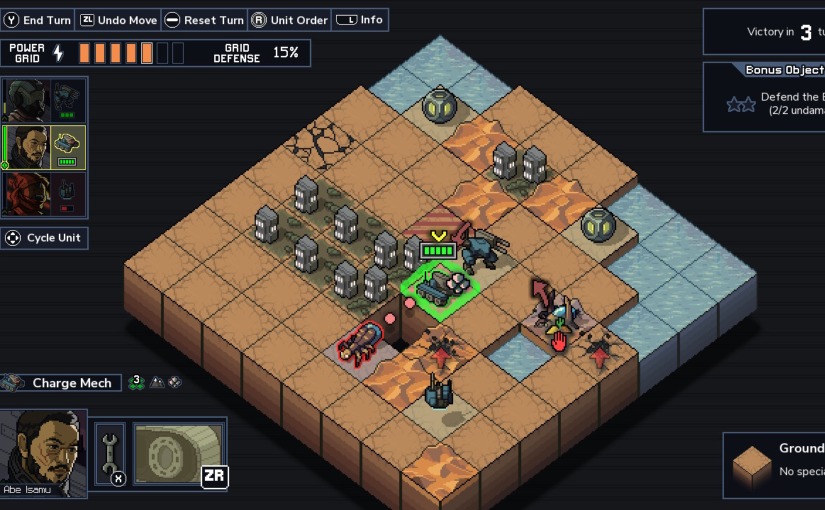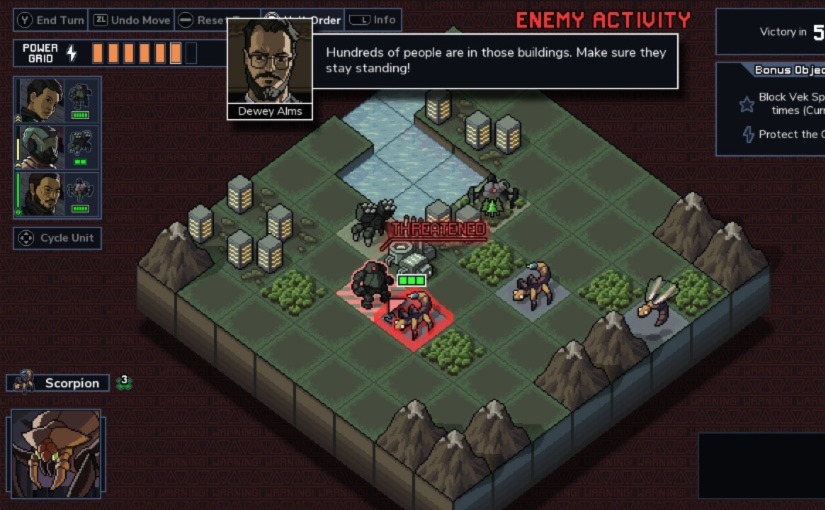A Real Page-Turner
I ended 2025 on a jaunty note, as far as video games go, at least. The Plucky Squire was added to my Christmas list on a whim and was purchased for me by my lovely wife, and over a few jaunty handheld gaming sessions undertaken in the time void known to some as the “Chrimbo limbo”, I saw the campaign to its jaunty conclusion.
If you haven’t heard of The Plucky Squire, it’s an indie game originally released in 2024 and developed by British studio, All Possible Futures, and concerns the titular squire being kicked out of the storybook he’s the main character in and attempting to save the day by exploring its pages and the outside world.
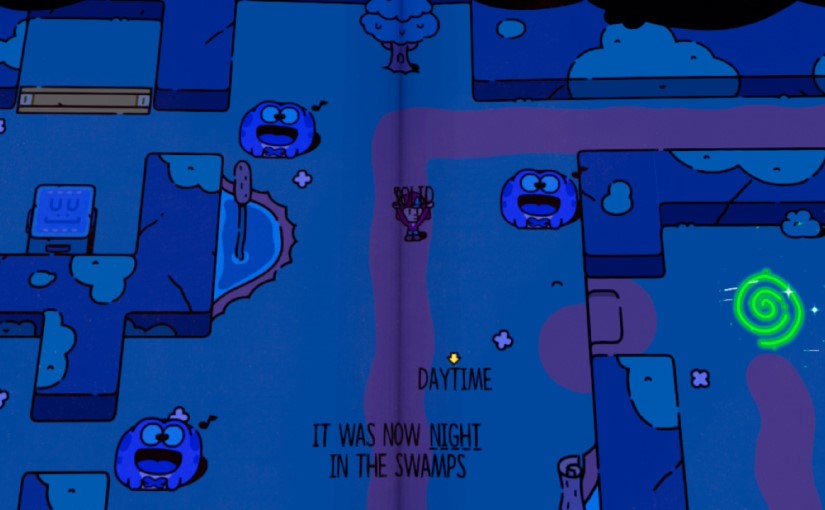
The game is very “meta” in this way (in fact, the magic that the evil sorcerer, Humgrump, is using to cause trouble is referred to as “metamagic”), as the characters become aware very early on that they are part of a book, and many of the puzzles require players to think outside the box (or outside the book) to come up with creative solutions. Not that any of the puzzles were that hard. I never found myself stopping and scratching my chin thoughtfully for more than a few seconds, and I found all of the “glitchbird” collectibles in one play through.
The game will often stop to offer up some dialogue hinting at what the titular squire (who’s name is Jot, by the way) has to do to proceed, and there were times when I could’ve done without this, and would have rather the game let me figure things out for myself and hold back on stemming the flow. There’s also a recurring character that will give you more specific tips to progress, but you can ignore this fellow if you wish. He does have some fun dialogue, though, so sometimes I felt like I might’ve been missing out on an amusing quip or clever reference. You can’t have it all, I guess.
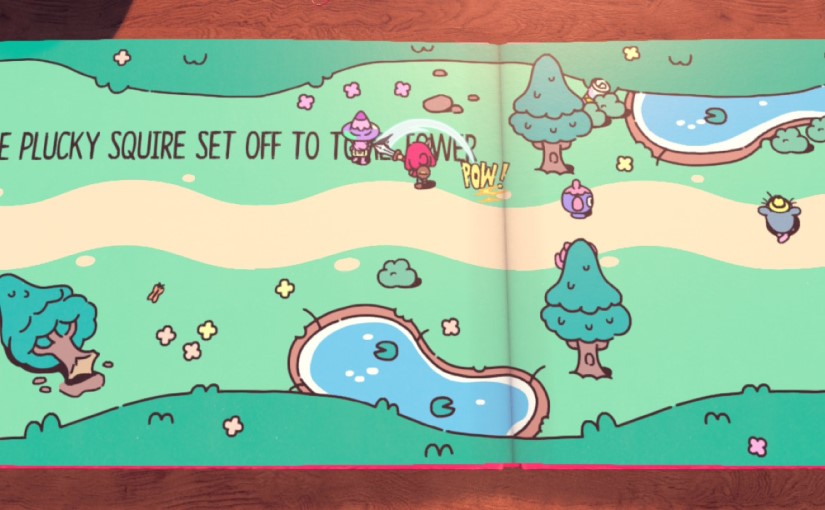
The writing of The Plucky Squire is very pleasing on the whole. Generally, it’s presented as a kid’s storybook, but the writers definitely had some fun with the dialogue especially. The characters are all fairytale standards with some kind of unique twist, like a wizard who’s into EDM or a troll who’s a heavy metal drummer. The premise, writing, and dialogue combined to provide some legitimately fun and frivolous moments, and I actually chortled aloud a few times.
What about the gameplay, though? Well, I can best describe it as “Zelda-like”, in lots of different ways. When you’re exploring the book, The Plucky Squire feels like a SNES-style, top-down Zelda, and when you’re outside the book in the kid’s room, it’s reminiscent of the Link’s Awakening remake. Even Phantom Hourglass and Spirit Tracks feel represented with some of the creative puzzle solutions. There are also a few moments throughout The Plucky Squire where the gameplay will change drastically for a boss encounter. I won’t spoil too much, but if you’re a fan of rhythm games, side-scrolling shooters, and Punch Out!!, you’re in for a treat.
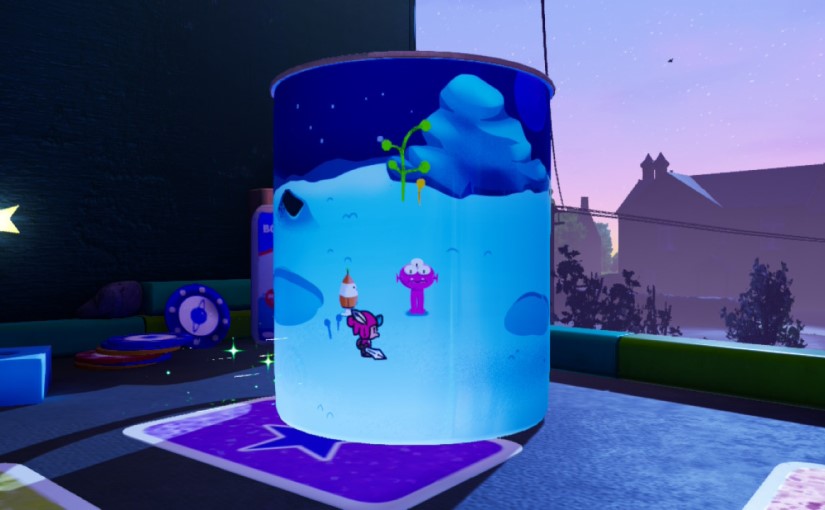
Early on, The Plucky Squire felt like it was going to be a quirky but somewhat average experience that I’d play through and forget about, but by the end the gameplay changes, the charm, and the writing elevated it beyond this. I also found the segments where Jot was exploring outside the book, snooping around a kid’s desk and navigating paint pots, rulers, and birthday cards, to be extremely cosy. It almost took me back to my Micro Machines: Turbo Tournament 96 days. Are there any more games where you play as a tiny guy in a full size world? I’d like to explore this idea further. Maybe I need to track down a copy of Chibi-Robo!.
Played on Nintendo Switch 2.

